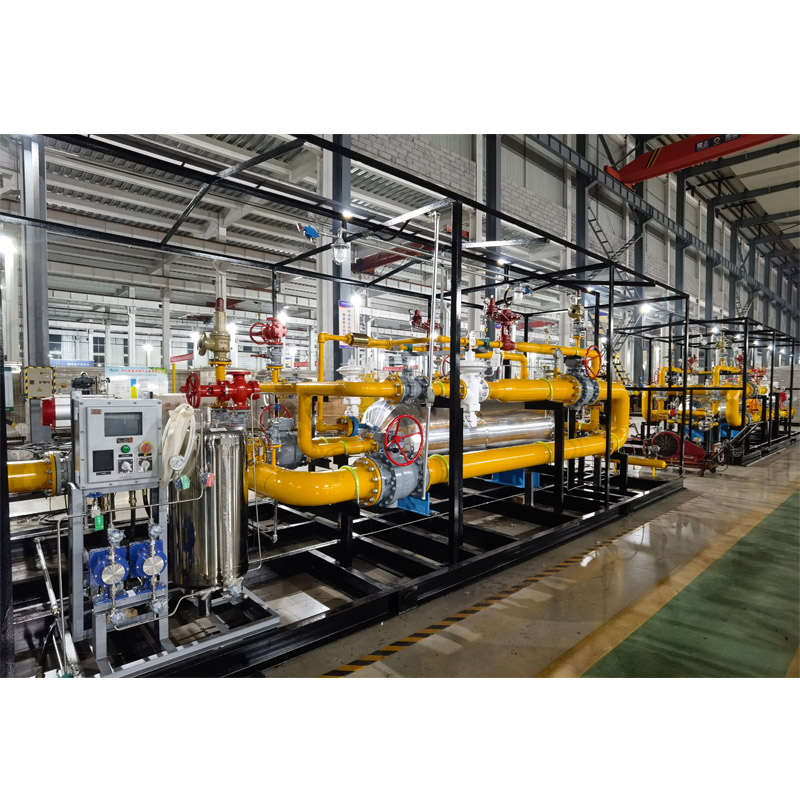
Dec . 12, 2024 09:27
Back to list
pneumatic control valve
Understanding Pneumatic Control Valves Their Role and Applications
Pneumatic control valves are critical components in a wide range of industrial applications that utilize compressed air for automation and control. They are responsible for regulating the flow of air or gas in various systems, ensuring precise control over pressure, flow rate, and direction. This article aims to delve into the functionality, types, and applications of pneumatic control valves, highlighting their significance in modern automation and process control systems.
What is a Pneumatic Control Valve?
At its core, a pneumatic control valve can be defined as a device that manages the flow of air or gas by opening, closing, or partially obstructing a passageway. These valves operate through a mechanism activated by a pneumatic actuator, which uses compressed air to change the valve's position. The primary purpose of a pneumatic control valve is to facilitate the control of pressure, temperature, and flow in pneumatic systems.
How Do Pneumatic Control Valves Work?
The operation of pneumatic control valves typically involves three main components the valve itself, the actuator, and the control system. When the control system sends a signal—often in the form of an electrical or pneumatic signal—the actuator responds by moving the valve to the desired position. Depending on the valve’s design, this movement can either stop the flow entirely (fully closed), allow maximum flow (fully open), or regulate the flow at varying levels (partially open).
The choice of the type of actuator (single-acting or double-acting) and valve type (globe, ball, butterfly, etc.) will depend on the specific requirements of the application, including the desired response time, flow characteristics, and available space.
Types of Pneumatic Control Valves
There are several types of pneumatic control valves, each suited for particular applications and needs
1. Globe Valves Known for their excellent throttling capabilities, globe valves are often used in applications where precise flow regulation is necessary. Their unique shape allows for a significant pressure drop controlled with high accuracy.
2. Ball Valves Characterized by their spherical closure element, ball valves provide quick and reliable shut-off capabilities. They are widely used in on/off applications where rapid movement is beneficial.
3. Butterfly Valves With a disc that rotates through the flow path, butterfly valves are lightweight and compact. They are ideal for applications requiring a large flow with less space.
pneumatic control valve

4. Diaphragm Valves These valves use a flexible diaphragm to control flow, offering excellent sealing properties. They are particularly effective in handling corrosive materials.
5. Solenoid Valves Often employed in automation systems, solenoid valves use electromagnetic coils to control the opening and closing of the valve. They are widely used in low-pressure applications.
Applications of Pneumatic Control Valves
Pneumatic control valves find utility in numerous industries due to their versatility. Some common applications include
- Manufacturing Used in automated machinery and assembly lines, pneumatic control valves help control the operation of tools and equipment, leading to improved efficiency and accuracy.
- Food and Beverage In food processing, pneumatic valves manage the flow of air and gases used in packaging and bottling processes, ensuring food safety and quality.
- Chemical Processing Pneumatic valves regulate the flow of volatile chemicals, providing essential safety features by minimizing leaks and maintaining pressure.
- Pharmaceuticals In pharmaceutical manufacturing, precise control over air and gas flow is crucial for maintaining cleanliness and preventing contamination. Pneumatic valves are essential in these processes.
- Transportation In the automotive and aerospace sectors, pneumatic control valves help in various applications, including braking systems and climate control.
Conclusion
Pneumatic control valves play a pivotal role in numerous industries, providing essential control over airflow and pressure in a variety of applications. Their versatility, reliability, and efficiency make them a cornerstone of modern automation systems. Understanding the types and functionalities of pneumatic control valves can help engineers and operators make informed decisions when designing and implementing systems, ultimately enhancing operational efficiency and safety. As industries continue to evolve, so too will the technologies surrounding pneumatic control valves, ensuring they remain integral to automated processes worldwide.
Next:
Latest news
-
Safety Valve Spring-Loaded Design Overpressure ProtectionNewsJul.25,2025
-
Precision Voltage Regulator AC5 Accuracy Grade PerformanceNewsJul.25,2025
-
Natural Gas Pressure Regulating Skid Industrial Pipeline ApplicationsNewsJul.25,2025
-
Natural Gas Filter Stainless Steel Mesh Element DesignNewsJul.25,2025
-
Gas Pressure Regulator Valve Direct-Acting Spring-Loaded DesignNewsJul.25,2025
-
Decompression Equipment Multi-Stage Heat Exchange System DesignNewsJul.25,2025

